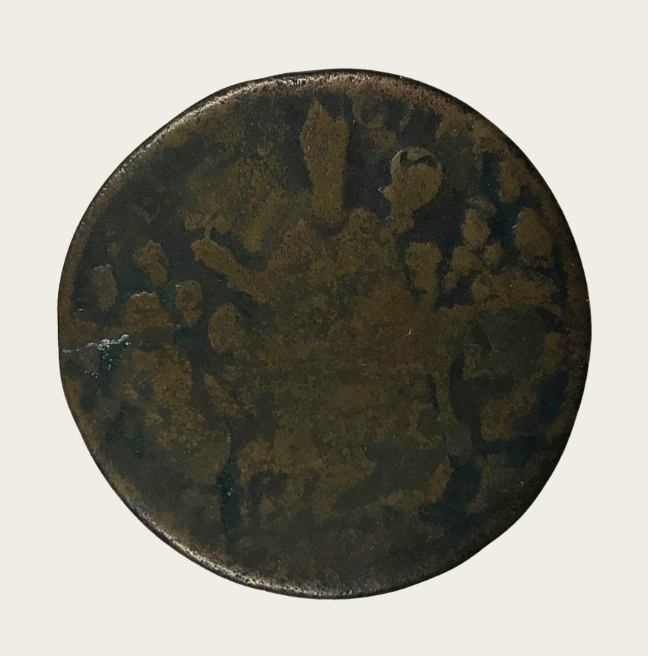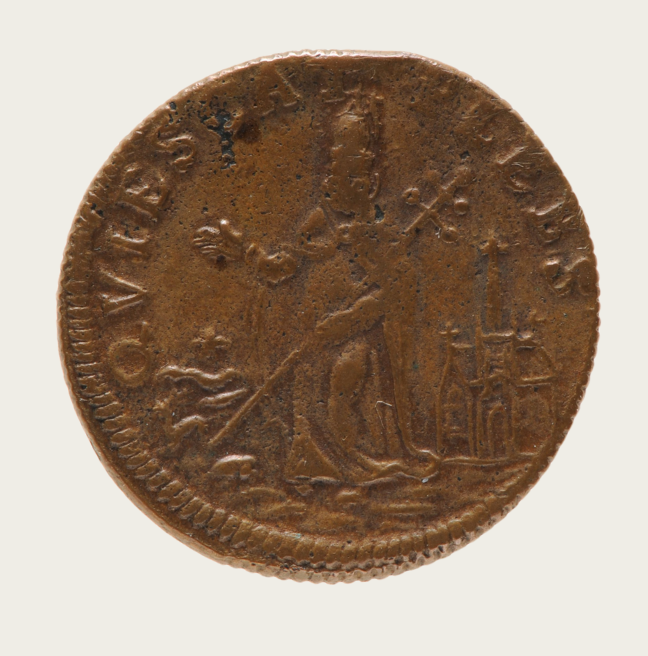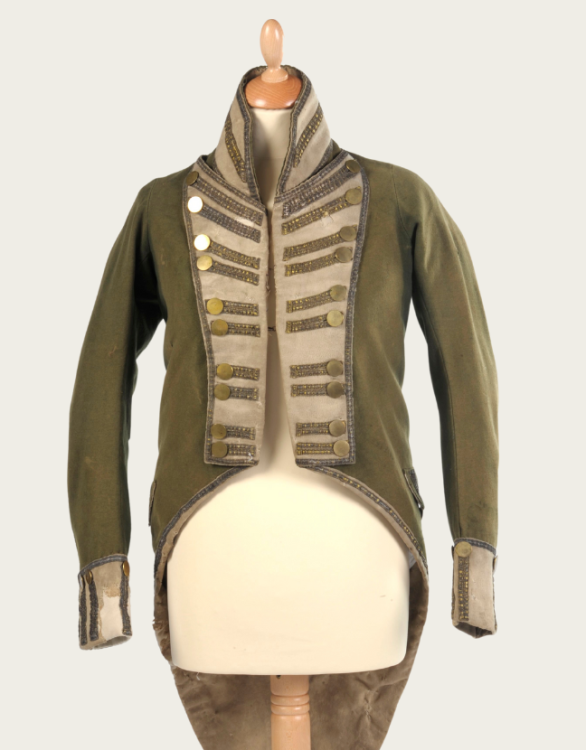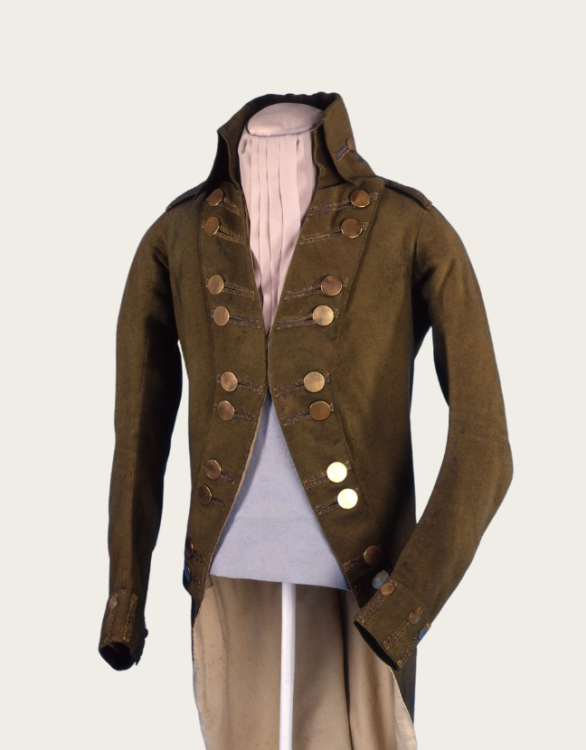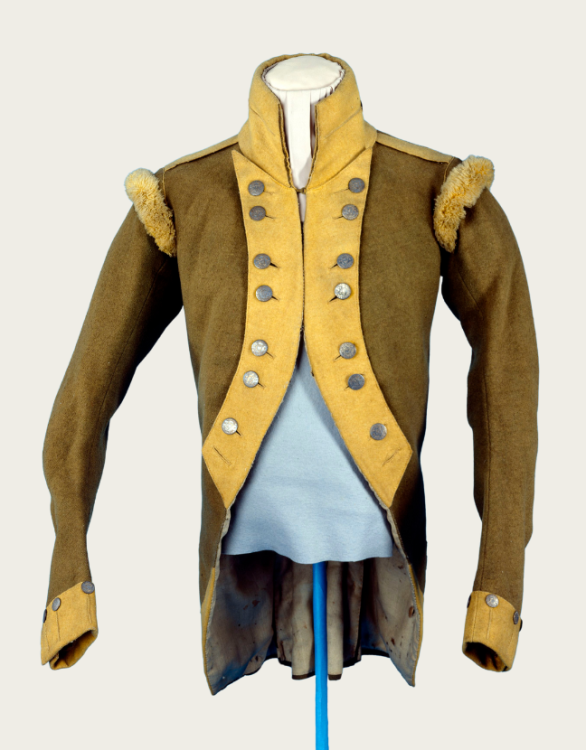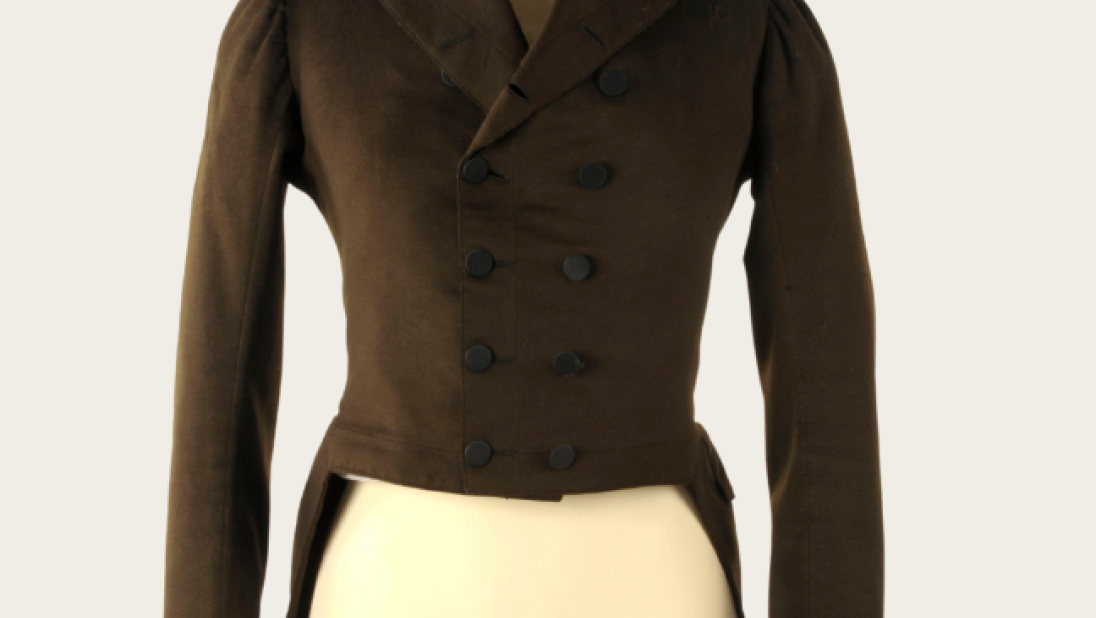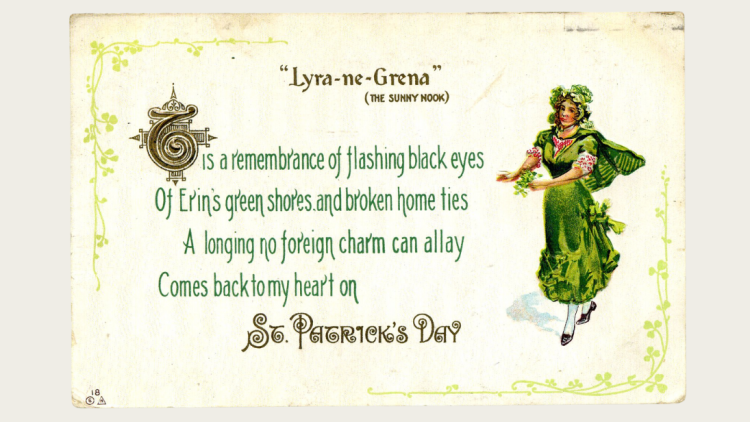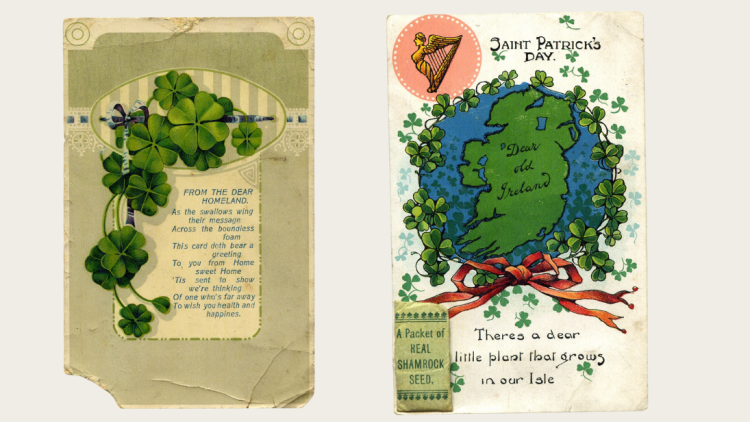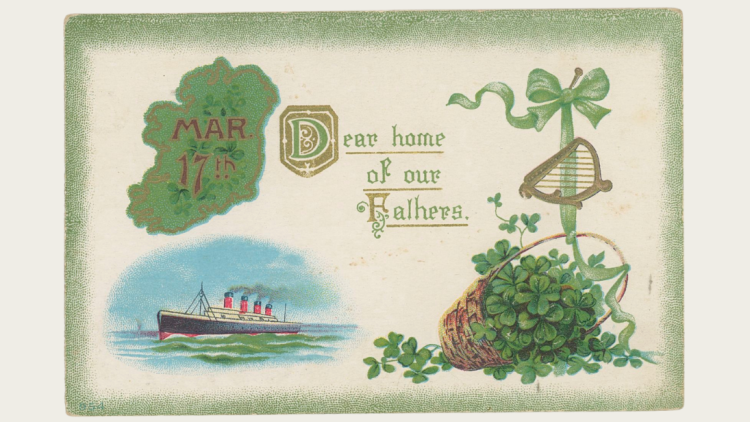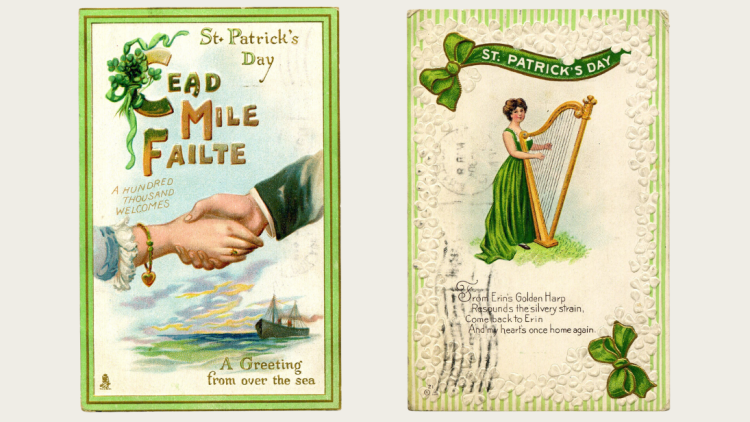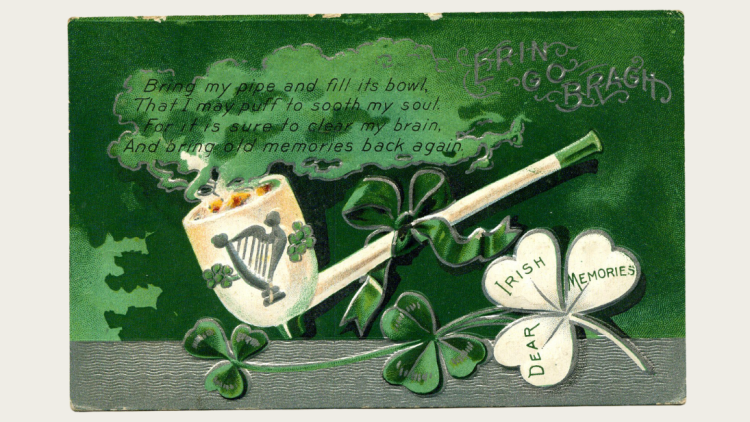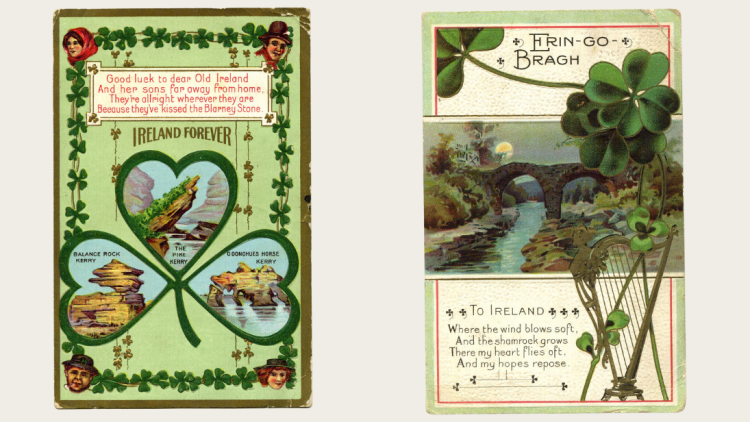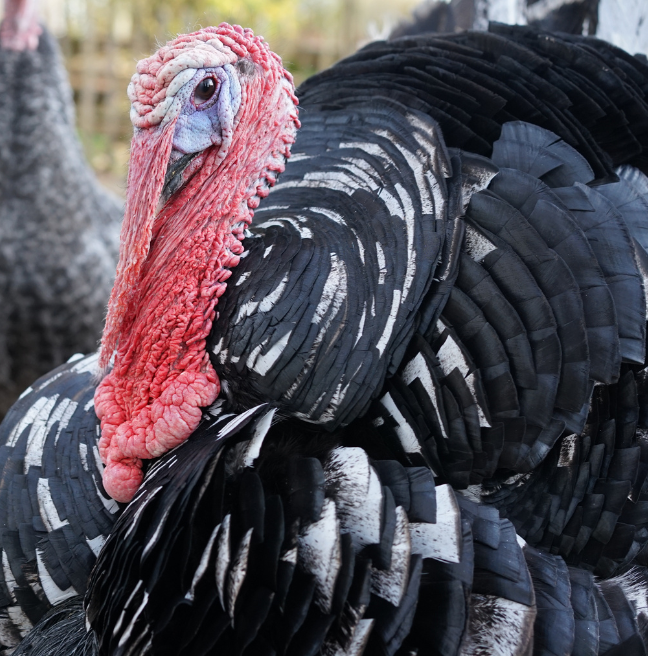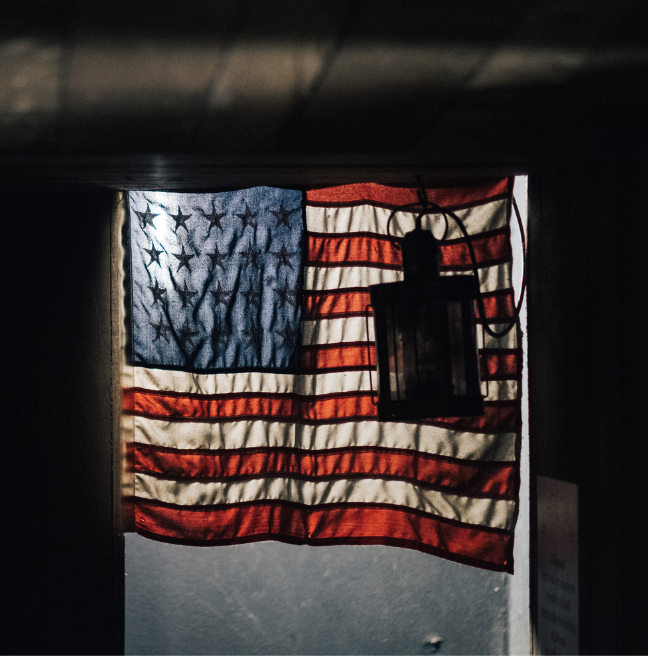
St. Patrick's Day
St. Patrick's Day is a celebration that began in Ireland, moved to America, and then returned in the later 20th century to reinvigorate the homeland celebrations.
Saint Patrick’s Day commemorates the fifth-century death of the missionary credited with spreading Christianity to Ireland.
There has been a tradition of this celebration since the early Middle Ages. On St. Patrick’s Day, which falls during the Christian season of Lent, Irish families would attend church and later, as Lenten prohibitions against the consumption of meat were waived, people would dance, drink and feast.
The Shamrock
Ireland and Saint Patrick have a long association with the shamrock. However, the word shamrock is only recorded in English beginning around 1570. In the Irish language, shamrock is very much associated with clover. In English in the late 1500s, there is a confusion with wood sorrel. So there is talk of the Irish eating shamrock, but it was not clover, rather wood sorrel.
It is around 1600 that the phrase 'drowning the shamrock' is first seen. Again, probably confusion with sorrel being drank with whiskey. There is no definite shamrock plant, it is a small three leafed young springtime plant with no white in its leaves.
The association of Saint Patrick using the three leafed shamrock to teach about the Trinity is only recorded in the early 1700s. However, an early Irish coin from the 1670s might show Saint Patrick with a shamrock. The tradition of Saint Patrick using a shamrock would go back longer.
The association of the shamrock with Saint Patrick evolved in the 1700s and the shamrock became linked with Irish identity. The Irish Volunteers, local militia in the country to defend against the risk of French invasion, used the shamrock as an emblem. A few years later, the United Irishmen also used it as an emblem.
The Irish Parliament was dissolved in 1800 and united with the British Parliament. The shamrock became incorporated into British symbols. Alongside the rose and the thistle, it is found on the Royal Coat of Arms. It has also been on coins and stamps.
It is in Ireland that the shamrock is most prevalent, both in the North and the South. It is associated with the Irish Government, Aer Lingus, PSNI, Irish Rugby and Tourism Ireland, to name only a few.

The Colour Green
The colour green only became associated with Saint Patrick after the 1798 uprising. Before that, blue was associated with the saint.
Green had been the colour for Ireland since the flag of the 1641 rebellion. The 1798 uprising reinforced this choice and Saint Patrick’s colours were brought in line with ideas around Irish nationalism.
In 1962 the river that runs through Chicago was dyed green for St. Patrick's Day. This was repeated every year and copied in other areas, leading to the current tradition of lighting buildings with green light on St. Patrick’s night.
Food
There has been a traditional meal of corned beef and cabbage in America for St. Patrick’s Day since the early/mid 1800s.
This would seem very strange to anybody in Ireland. Meat was very rarely on the menu for the poor in Ireland at that time. Corned beef was the cheapest meat to buy in America. The 'corned' element of it was large granules of salt in the beef to preserve it. The corned beef was boiled three times to remove most of the salt, the water being disposed of after each boiling. On the third boiling, cabbage was added.

Recently in the USA corned beef was widely available but only in the run up to Saint Patrick’s Day, only as a refrigerated product and only at a premium price - a far cry from its humble origins.
Celebrations in North America
The Scotch Irish (Ulster Scots) had a big hand in the early American celebrations. Before Daniel O’Connell and the pursuit of Catholic emancipation in the 1820s, and particularly before the dissolution of the Irish Parliament in 1801, the idea of being Irish was very different from what it might be now.
Protestant migrants from Ireland and from Ulster would have seen themselves as Irish.
The first celebration in the Americas was in Spanish Florida and was from a Catholic perspective, however it was Irish Protestants who shaped St. Patrick’s Day as we know it now in North America.
The earliest written account of a celebration of St. Patrick's Day is in North America, in Spanish Florida in 1600 and 1601. An Irish priest seemingly organised to have cannons fired to celebrate the day.
The day’s importance was confirmed in 1631 when it was recognised by the Vatican as a religious feast day in the Catholic Church.
On March 17th 1737, more than two dozen Presbyterians who emigrated from the north of Ireland gathered to honour Saint Patrick in Boston and form the Charitable Irish Society to assist distressed Irishmen in the city.
The first recorded St. Patrick's Day parade was on March 17th 1762 in New York City. It comprised a band of migrants and Irish military members serving with the British Army stationed in the colonies in New York. They marched through lower Manhattan to a St. Patrick’s Day breakfast at a local tavern.
The tradition of St. Patrick Day commemorations in America grew with increased numbers of Irish migrants coming before, during and after the Great Famine of 1845 to 1851.
The dates of the first commemoration in some American cities are recorded as:
- Boston, Massachusetts, since 1737
- New York City, New York, since 1762
- Philadelphia, Pennsylvania, since 1771
- Morristown, New Jersey, since 1780
- New Orleans, Louisiana, since 1809
- Buffalo, New York, since 1811
- Savannah, Georgia, since 1824
- New Haven, Connecticut, since 1842
- Cleveland, Ohio, since 1842
- Milwaukee, Wisconsin, since 1843
- Chicago, Illinois, since 1843
- Saint Paul, Minnesota, since 1851
- San Francisco, California, since 1852
- Atlanta, Georgia, since 1858
- Pittsburgh, Pennsylvania, since 1869
- Kansas City, Missouri, since 1873
- Butte, Montana, since 1882
- Denver, Colorado, since 1889

In the 20th century the celebrations were embraced by people of many backgrounds, not only Irish Americans.
A Changing St. Patrick's Day in Ireland
St. Patrick's Day only became a public holiday in Ireland in 1904.
In 1927, the Irish Free State banned the selling of alcohol on St. Patrick's Day, although it remained legal in Northern Ireland. The ban was not repealed until 1961. They day was quiet and sombre and usually only celebrated on a local level.

Television started to influence celebrations as Irish people saw how the day was celebrated in America. However, it was only in 1996 that the now multi-day festival started in Dublin.
You may also like
Unravelling Thanksgiving
Curator of Emigration Liam Corry explores the tradition of Thanksgiving and unravels its history.
Independence Day: A Cause For Celebration?
The fourth of July is when many Americans across the world celebrate the anniversary of the Declaration of Independence. But is it a cause for celebration?
